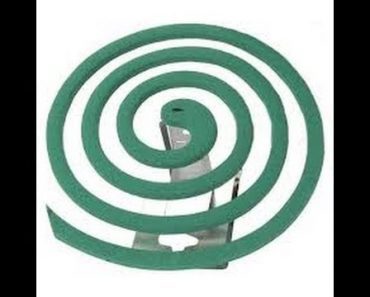
My boy loves being outside, but kids are especially sensitive to mosquito bites, due to the bees we cannot use traditional pesticides, but I did see this idea on an Alaska bush craft site and decided to try it out while camping.
It worked very well for us last summer, and I finally got around to documenting it.
One of the most popular bug repellent to cover large areas such are patios, decks, and yards is the mosquito coil.
These coils use an incense style delivery system where you light one end and it burns as an ember producing smoke containing the repellant. As the air currents spread the smoke around the bugs high tail it out of the area. This is handy when you are working in an area and need wide coverage.
The problem is the small metal coil holders aren’t always appropriate for putting the coils around your work or recreation area. The ones that are able to hang can cost up to $7 to $11 a piece.
Here is a method to make as many as you want for less than a dollar each.
I happen to have some left over rabbit cage wire I used, but if you don’t have scrap, purchase a one foot by three (or four) foot piece of metal screen at your local hardware store.
How to Make Mosquito Repellent Holders
- Cut the pieces of screen into units that are 5 inches wide and 12 inches long.
- Fold the piece in half.
- On either edge adjoining the folded edge, bend the screen over itself, thereby creating a holder with two sides open.
- Insert a wooden pencil or dowel between the two halves of screen and gently reshape the metal fold to create a bit of a space or gap between the two sides so that it won’t pinch the mosquito coil. (The coil may extinguish itself if the screen is pressed tightly against the coil.)
- Add a loop of cord or an “S” shaped piece of wire for hanging on whatever objects are handy around the area you want to protect.
Hang several in large areas or where changing air currents require positioning coils in many locations.

